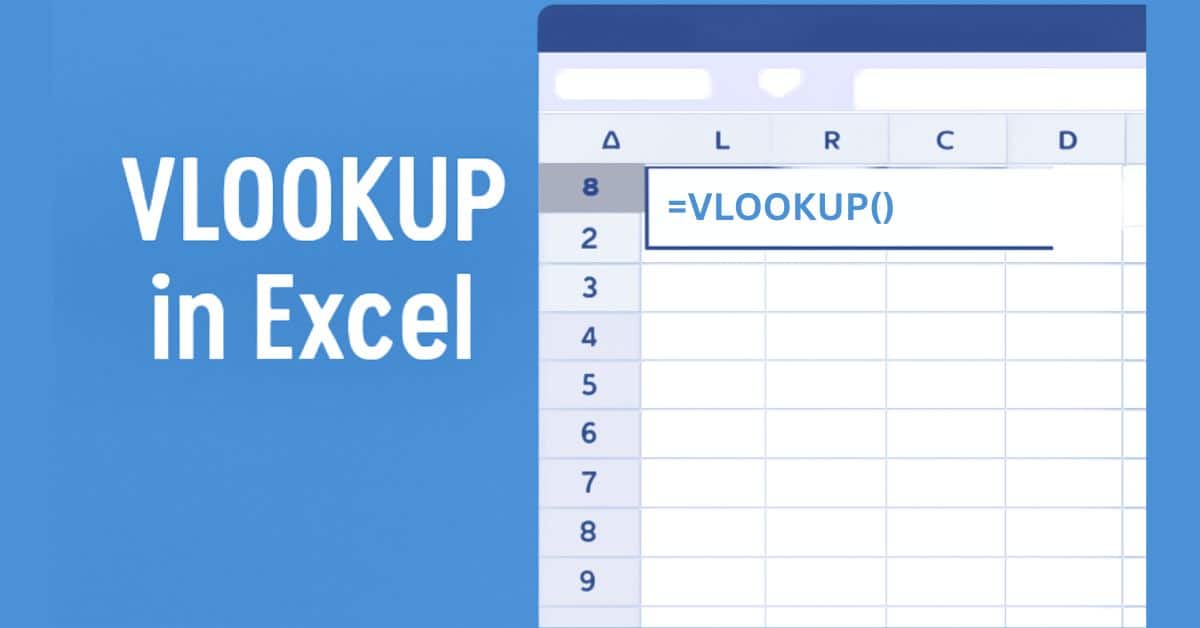With approximately 44 zettabytes of data getting produced every day in the world in 2020 (Source: Statista) and data sources growing at a rapid pace, it has become highly important that this scattered data is organized for proper analysis.
Data wrangling is the process of gathering, cleaning, enriching, and transforming data into the desired format to incorporate better decision-making in lesser time. This includes mapping data fields from source to destination. Top firms across different industries are including data wrangling in their process of data analysis. This process ensures that data is prepared for automation and additional analysis.
But now you must be thinking, when we have data, what is the need to organize it? Also, does the process of data wrangling actually add any value to the process of analyzing data?
To answer that, I’d like to tell you that data science professionals spend 73% of their time just organizing the data. This means that data wrangling is an important aspect of data processing and cannot be ignored. It helps professionals in making concrete decisions within a defined time frame. Thus, it is an important process to get insights from data for timely decision-making.
What are the steps involved in data wrangling?
Now, as we’ve understood the importance of data wrangling, we’ll move to talk about the 6 iterative steps that constitute the data wrangling process:
1. Discovery
This is the first step in data wrangling involves understanding the data in detail before applying any procedures on it. The process of data discovery helps you in finding the best approach for rich analytic explorations.
2. Structuring
This step simply means organizing data that comes in various formats and sizes. Once the data is structured, which involves splitting one row or column into two or the other way round, it becomes easier to analyze it better.
3. Cleaning
In any given dataset, there exist some outliers that can contort the outcome of the analysis, This means that the structured data now needs to be cleaned for improved analysis. This involves changing null values, removing redundancies, and standardizing the formatting to improve data consistency.
4. Enriching
Even after the data is cleaned, it may or may not be ready for analysis. If you think there is a need to add additional data to make it better, you can enrich the data in this step.
5. Validating
This step contains performing a set of iterative programming steps to authenticate the quality and safety of your data. If your data is clean and enriched but the attributes are distributed in an uneven form, you can run into problems.
6. Publishing
This is the final step of the data wrangling process. An organization can use the data once it has been published. This comes in the form of uploading the data on an automation software or storing the file at a location from where it can be accessed by the organization, whenever needed.
A good data wrangling professional knows the process of integrating information from multiple data sources. solving transformation problems, resolving data and its quality issues. A data wrangler has already dived deep into the organization data and understands the minute details of it as well. Data science professionals perform a series of transformations on data which include: merging, ordering, aggregating using programming languages like Python, Julia, or R. Even though it is a time-taking process and requires a lot of effort, it all pays in the end!
What are the goals of data wrangling?
Here are the goals of data wrangling:
1. It reduces time: As mentioned before, data analysts spend maximum time in piecing various data sources and filling in the blanks manually. It provides accurate data to business analysts in a defined timeframe.
2. Better decision making in a short time span: The process of data wrangling is done with a goal to get the maximum output in less time. It helps in driving better decision making skills by the top management of an organization.
3. Assisting data scientists: The process of data wrangling ensures that the filtered data is transferred into the hands of data analysts and scientists so they can focus on the data analysis part solely. They can also give more attention to data modeling and exploration.
What are the best tools for data wrangling?
Here is the list of some of the best tools for data wrangling:
1. Altair
Platform: Altair Monarch
Altair Monarch is a self-service data preparation tool that can be used on desktops and connect to multiple data sources including cloud-based data and big data.
2. Alteryx
Platform: Alteryx Designer
Alteryx Designer is a data wrangling tool that features an intuitive user interface so that the users can connect and clean data from cloud applications, data warehouses and other sources.
3. Cambridge Semantics
Platform: Anzo
Anzo lets users find, connect, and blend data and also connects to both internal and external data sources. In this tool, the users can add data layers for data cleaning, semantic model alignment, and access control as well.
4. Datameer
Platform: Datameer Enterprise
Datameer Enterprise offers a data analytics lifecycle and engineering platform that covers all the data related processes: ingestion, preparation, exploration, and exploration. This product has more than 70 source connectors for ingesting all types of data: be it structured, unstructured, or semi-structured.
5. TMMData
Platform: Foundation Platform
TMMData’s Foundation Platform includes data integration, preparation, and management functionality. This tool can be deployed on-prem, cloud or even through a hybrid method. This helps organizations to work with their data regardless of its location.
Wrapping Up
Data wrangling is an important component of any business. It converts scattered data into a structured form which can then be used to perform different techniques to extract insightful information. As data science evolves around data, thus, when the data is transformed and mapped from raw format into a proper one, it makes the data analysis process easier.
If you want to explore the field of data science or looking to power ahead in this domain, you can take up the Post Graduate Program in Data Science. This 12-month comprehensive data science program is offered by McCombs School of Business at The University of Texas at Austin.
Wondering what the program looks like? Get free demo access to the program.
You can also uncover the true value of data by learning from world-renowned MIT faculty with the Data Science and Machine Learning: Making Data-Driven Decisions program by MIT Institute for Data, Systems, and Society (IDSS) and Applied Data Science Program by MIT Professional Education. The curriculum of both these programs are designed by the leading MIT faculty. Live mentored learning sessions with industry experts over the weekend will allow you to solve real-life business problems, build a substantial body of work and an industry-ready portfolio in data science and analytics.
These are some of the best data science online courses that will help you learn data science from world-renowned faculty. If you want to build strong foundations of data science and get industry-ready, find out more about data science course details by downloading the program brochures.
Download the brochures for The Applied Data Science Program and Data Science and Machine Learning: Making Data-Driven Decisions.






